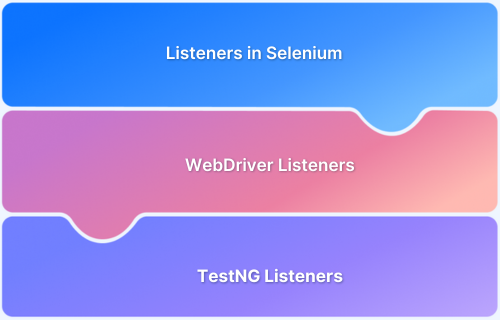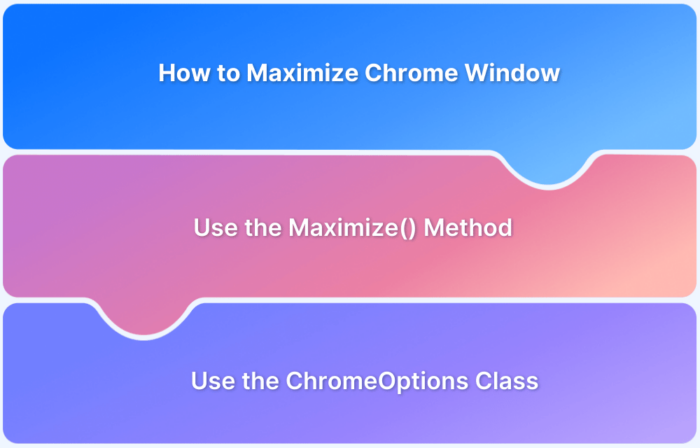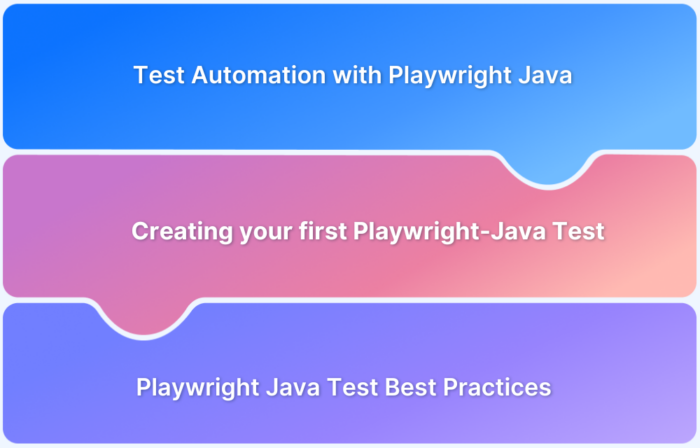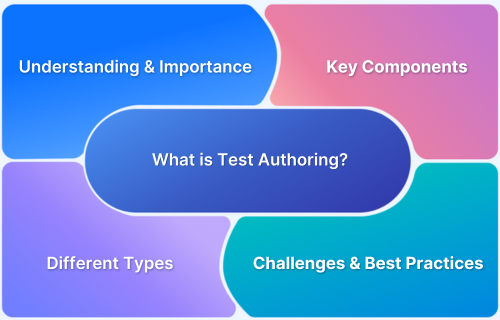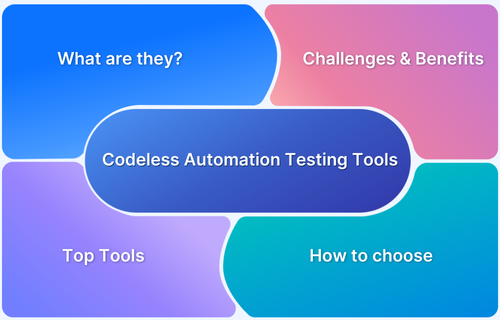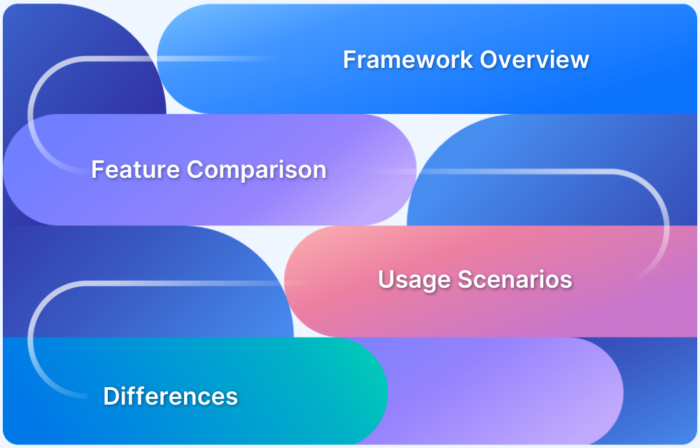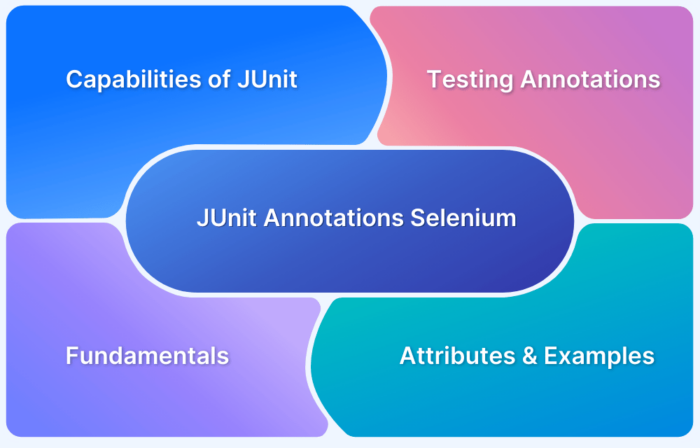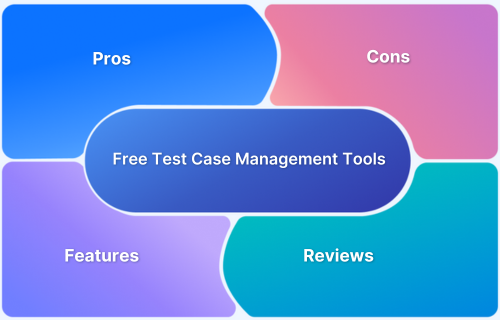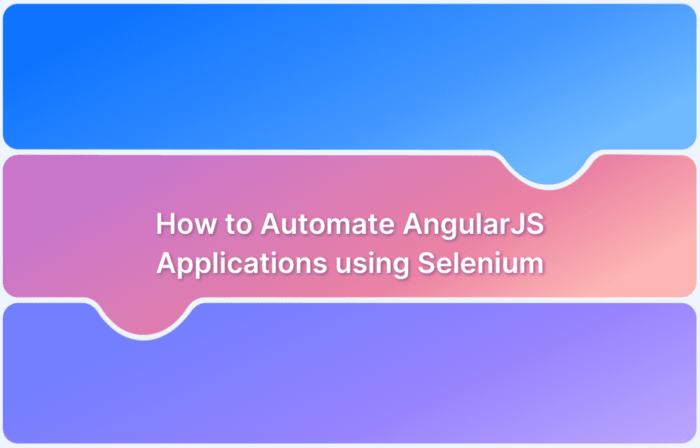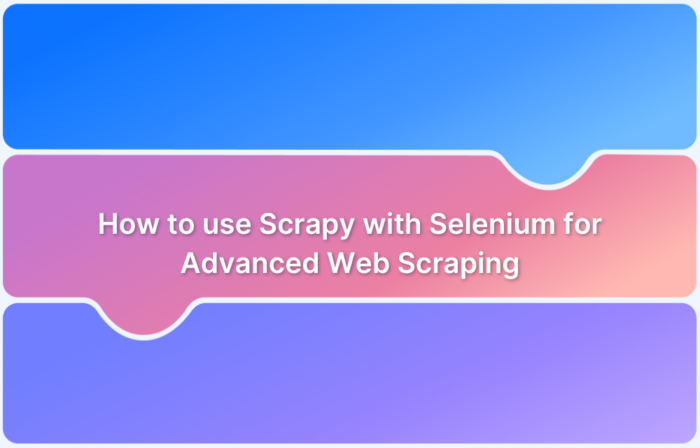Automation Testing
-
Types of Listeners in Selenium (with Code Examples)
Learn how Listeners in Selenium can “listen” to certain events while testing websites and can be used to modify system behavior.
Learn More -
How to Maximize Chrome Window in Selenium Webdriver using Java
Read this fundamental guide on how to maximize Chrome Window in Selenium WebDriver prior to the test automation.
Learn More -
Mastering Test Automation with Playwright Java
Automate web application testing using Playwright for Java with advanced techniques for customization, parallel execution, and effective reporting.
Learn More -
What is Test Authoring?
Test case authoring ensures clear, structured testing. This guide covers its components, challenges, roles & best practices.
Learn More -
13 Best Codeless Automation Testing Tools in 2025
Test Failure Analysis involves identifying and analyzing the root cause of failures. Use BrowserStack’s AI-driven Test Reporting and Analytics for smarter insights.
Learn More -
JUnit vs NUnit: Framework Comparison
Did you know the difference between NUnit and Junit? Read a comparison of JUnit vs NUnit unit testing frameworks to decide which one to use.
Learn More -
Test Automation using JUnit Annotations and Selenium
Learn to structure test cases, optimize execution, and ensure reliable cross-browser testing with JUnit and Selenium.
Learn More -
25 Best Free Test Management Tools for 2025
Discover the 25 best free test management tools in 2025. Compare their features, pros, and cons, to choose the right tool for your testing needs.
Learn More -
How to Automate AngularJS Applications using Selenium
Learn how to Automate AngularJS Applications using Selenium. Run Selenium Tests on real devices and browsers with BrowserStack Automate
Learn More -
How to use Scrapy with Selenium for Advanced Web Scraping
Learn how to integrate Scrapy with Selenium for advanced web scraping. Enhance your scraping skills to handle dynamic content and interactive sites.
Learn More
